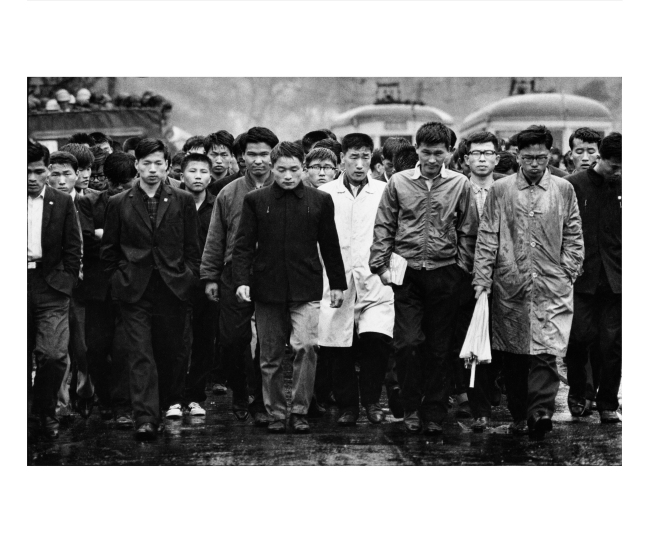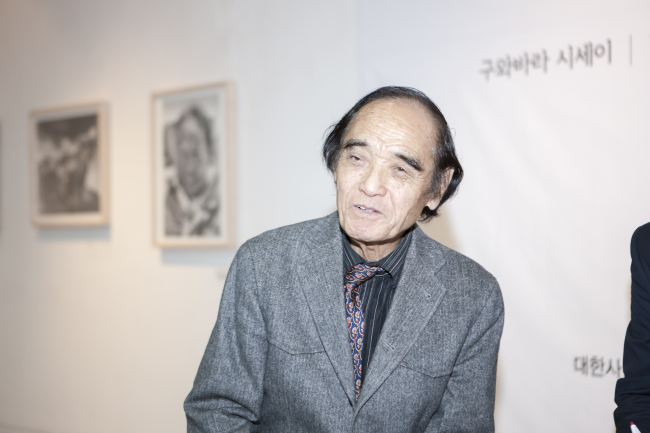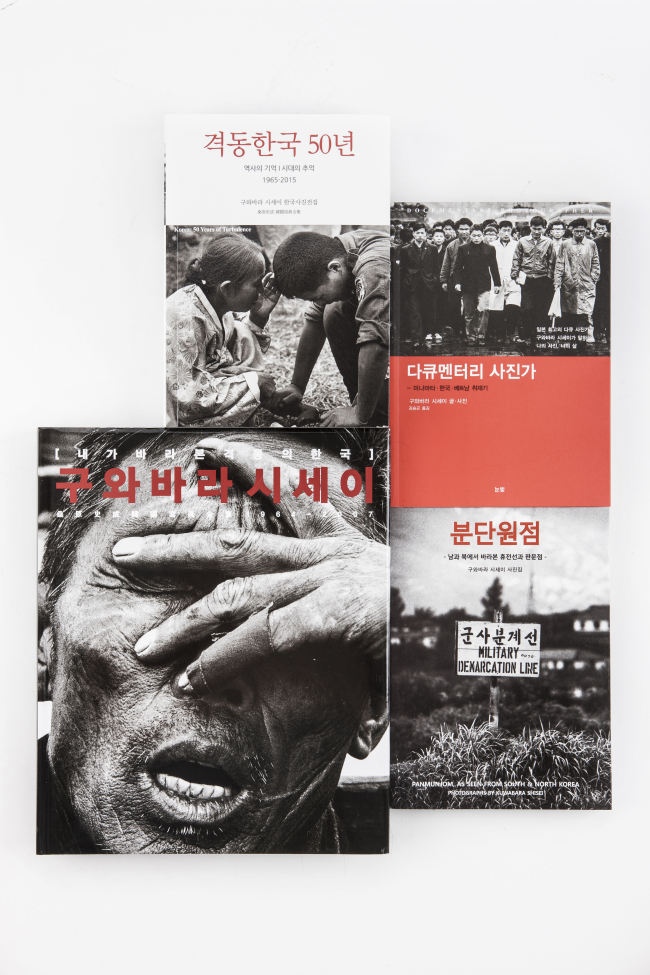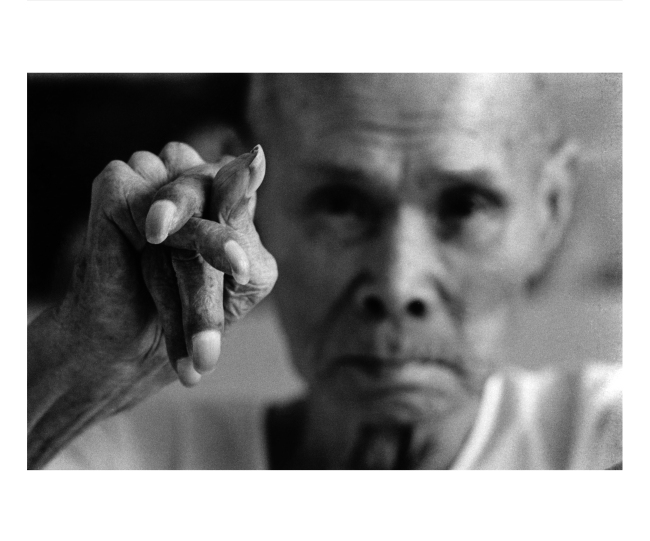[HERALD INTERVIEW] Korea’s tumultuous years in photos
Japanese photographer wins Lee Hye-sun Photography Award for capturing Korean historical events for 50 years
By 이우영Published : Dec. 17, 2015 - 17:46
Japanese photojournalist Shisei Kuwabara, 79, has documented postwar Korea since the 1960s, capturing major historical moments such as massive pro-democracy protests, the dispatch of soldiers to the Vietnam War and Seoul’s urban redevelopment projects.
Born in Shimane prefecture, the part of Japan nearest to the Korean Peninsula, Kuwabara has traveled to Korea more than 100 times. His photos have been an honest window into the turbulent time of Korea’s modern history -- major social, political and economic events in Korea that Kuwabara captured with his camera were featured in numerous magazines and news reports in Japan, such as Asahi Weekly and Sekai (the World).
Born in Shimane prefecture, the part of Japan nearest to the Korean Peninsula, Kuwabara has traveled to Korea more than 100 times. His photos have been an honest window into the turbulent time of Korea’s modern history -- major social, political and economic events in Korea that Kuwabara captured with his camera were featured in numerous magazines and news reports in Japan, such as Asahi Weekly and Sekai (the World).

Kuwabara, who has won several photo awards in Korea and Japan over the years, received the 14th Lee Hye-sun Photography Award, one of the oldest and most prestigious photo awards in Korea.
“I never expected I would be covering Korea for such a long time,” Kuwabara said in an interview with The Korea Herald at the awards ceremony in Seoul last week.

In his photo book “Korea: 50 Years of Turbulence,” published this year, he recalled the day of his arrival in Seoul: “It was July 14, 1964, when I first arrived in Seoul at Gimpo Airport. It was a bright day in Seoul. I realized Korean weather was quite different compared to rainy days in Japan. ... I was 27 when I started reporting on Korea. Half a century has passed. I never imagined I would be reporting on Korea for such a long time.”

Kuwabara was at some of the most tumultuous events, such as student protests against the normalization of diplomatic relations between Korea and Japan in 1964 and 1965, massive pro-democracy movements and the North Korean attack on Yeonpyeongdo Island in 2010. As a foreign correspondent, he always had a different angle from Korean journalists.
“Korean government officials didn’t like me because I reported what they wanted to hide,” said Kuwabara. “Especially, they didn’t want photographs of student protests against the normalization of relations between Korea and Japan to be reported in Japan.”
“But as a foreign journalist, I had access to many incidents that Korean reporters didn’t have,” he added.
Many foreign reporters called Korea a “dark country” when the Korean people were struggling to achieve democracy, fighting against authoritarian regimes, he recalled.
“Now it has achieved democratization. I think it’s nice to have true records of the country,” he said. “Its transformation has been truly remarkable.”
Kuwabara is not just known for his documentation of Korea. He has devoted some 50 years to documenting victims of Minamata disease in Japan, capturing many patients suffering from the neurological disease caused by mercury poisoning. His photographs have raised awareness of the disease in Japanese society and contributed to helping the patients receive compensation and assistance.

His photographs of Minamata disease have also won him several awards in Japan, including awards given by the Japan Photo Critics Association.
“Photographs are records. The records are facts. The facts are part of our history. Having been able to photograph history has been my joy,” he said.
By Lee Woo-young (wylee@heraldcorp.com)









![[Hello India] Hyundai Motor vows to boost 'clean mobility' in India](http://res.heraldm.com/phpwas/restmb_idxmake.php?idx=644&simg=/content/image/2024/04/25/20240425050672_0.jpg&u=)








